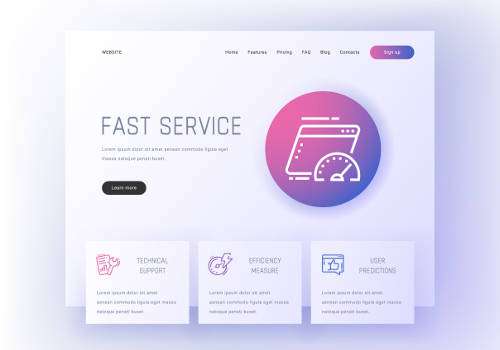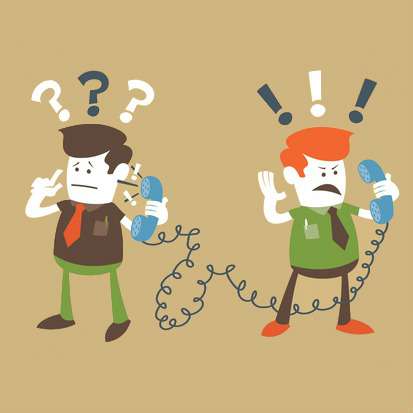Performing regular quality checks is part of maintaining a good customer service system. The structure is fluid: you hire new employees, some employees leave, and there are changes in the level of performance from your team members. What this means is that the quality of your customer service can improve or worsen from time to time.

So what are the best ways to measure customer service performance and how do you know the problem areas and measure which ones are doing well? These tips will help.
1) Assess customer feedback
The very first – and possibly most obvious – indicator of the performance of your customer service team is
customer feedback. It's usually quite easy to see how well your team is performing through the response they get from customers.
Needless to say, if you receive complaints, that means there is some room for improvement and you need to come up with ways to do that. Even if the customer hasn't said much or didn't specify what they didn't like about their experience, you should still have a look at how you currently operate and try to improve your service.
2) Look at active and resolved issues
Keeping track of your active and resolved issues will allow you to understand just how efficiently your system is working. If your customer service team deals with the issues promptly, the list of active issues would be shorter than the list of resolved ones.
If that's not the case, however, you have a problem that needs further investigation. There are a number of reasons why the list of active issues might be longer. It can be due to a bad product batch, a lag in the system, a drop in performance, or something else. Regardless of the cause, you need to address the issue as soon as you can.
3) Rate of escalation in complaints
Your complaints roster is never going to be blissfully blank. A steady and minimal flow of complaints is completely normal and is part of a healthy business. However, if you find an unusual surge of complaints or have seen a steady increase in the
number of complaints without a corresponding growth in the number of customers or products, there might be a problem. If you track this metric, you can track the progress of your company.
4) Response speed
Response speed is the essence of your customer service, so you need to track exactly how much time it takes for your team to respond to your customers.

If your customers are processed through the system quickly, they're less likely to be frustrated or give negative feedback. This is why it's crucial that your system sends the customer to the right representative as quickly as possible. If you find the system slowing down, you need to do something about it.
5) Conversion rate
Another commonly used metric is to track the actions of your customers after they have interacted with your team, which will allow you to judge how they respond to your customer service advisors.
If they make a purchase or perform a positive action, it means that your customer service is running well. If they turn away or perform a negative action, closer scrutiny might be needed.
6) Improvement in satisfaction
Speaking of positive action, you should also track the improvement rates in customer satisfaction over the years, which will show you the progression of quality over time. If the satisfaction rates are dropping instead of improving, though, you need to tweak the system.

If you'd like to learn more about customer service, why not take a look at how we can help?
Boost your customer service skills with our online courses.
RRP from $65 – limited time offer just
$23.99



























